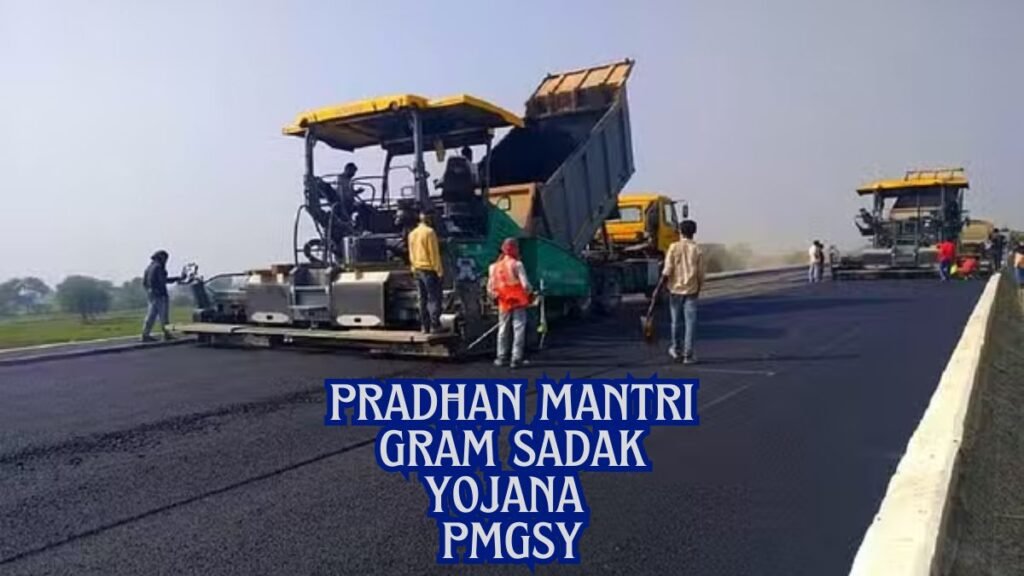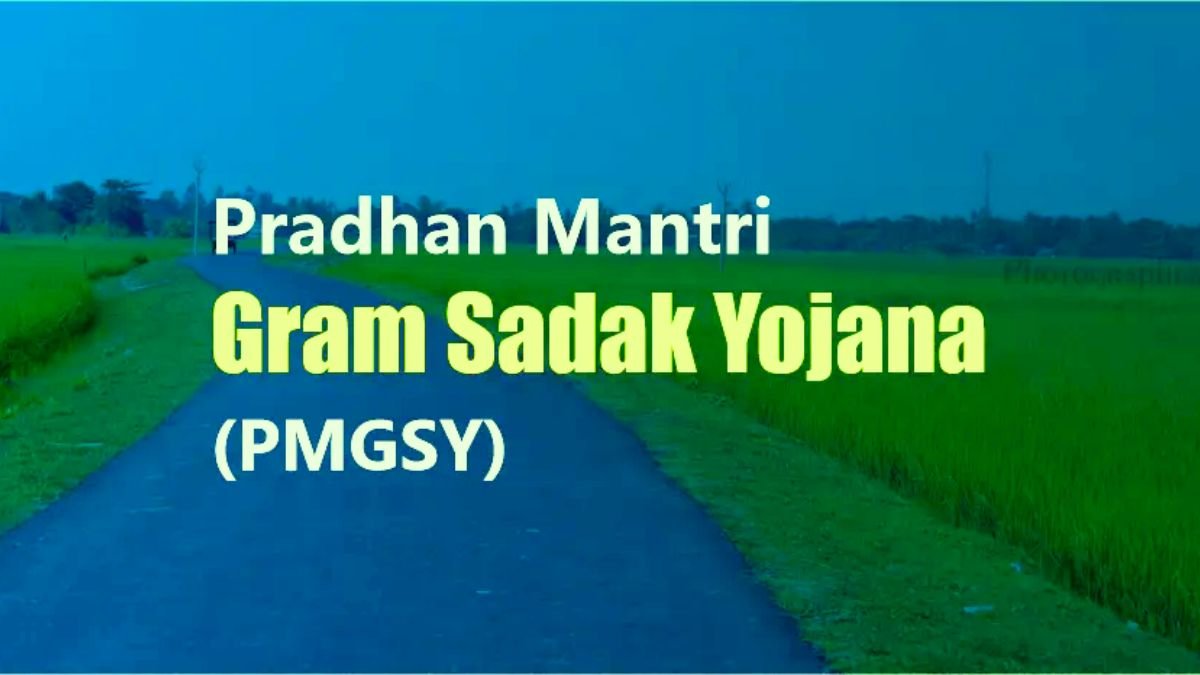over 6 lakh villages dispersed in India that see a considerable part of the population inhabit this low-resource region where, for decades, a very poor level of rural connectivity has been hindering economic growth and access to healthcare, education, and other basic services. To meet this challenge, the Government of India launched the Pradhan Mantri Gram Sadak Yojana in December 2000. The ambitious scheme aims at providing all-weather road connectivity to unconnected villages, thus supporting rural development and economic opportunities.
Objectives Under PMGSY
The important objectives of the Pradhan Mantri Gram Sadak Yojana are:
- All-weather roads to villages with a population of at least 500 in plain lands and 250 in hilly, tribal, and desert areas.
- Connecting villages so that they may have access to markets, education, health, and jobs for the development of the region.
- For road infrastructure to be sustainable, maintenance and quality assurance must be ensured.
- Bridging the urban-rural divide by advancing economic inclusion. For more details, visit Sarkari Jobs.
Key Features of PMGSY
1 – Rural Connectivity – PMGSY covers those villages lacking all-weather road connectivity. The construction of roads under this scheme will enhance transportation to increase agricultural production or create an environment for rural industries to grow.
2 – All-Weather Roads – The roads constructed under PMGSY are of high quality and designed to withstand heavy rain since unlike conventional rural roads, PMGSY roads are built with all-weather specifications that consider proper drainage.
3 – Modern Technology
To enhance efficiency and transparency, the scheme uses modern technologies like:
- GIS-based Planning – Identification of isolations and unconnected habitations is made.
- OMMS/PFMS-Real-time monitoring of project and fund flow.
- Green Technologies – Waste plastic, fly ash, etc. can be used as Eco-friendly construction materials. This is done with cold mix technology.
4 – The Implementation: Three Phases
The PMGSY program was implemented in three phases:
- The first phase (PMGSY-I) from 2000-2019 involved connecting all unconnected habitations based on population criteria.
- The second phase (PMGSY-II) was conducted from 2013-2022 to upgrade existing rural roads for better connectivity and durability.
- The third phase (PMGSY-III) is being implemented from 2019 to the present for consolidating the rural road network of the existing state by connecting agricultural markets, schools, and health centers to the rural hubs.

Different Impacts of PMGSY
1. Socio-Economic Development
- The roads have accelerated connectivity, whereby employment and income generation in rural areas are realized. The accessibility of farms to markets reduces post-harvest losses.
- Women and children can reach schools and health services easily and thus, literacy is up, and health indicators are improved.
2. Migration, Downhill
Better rural connectivity means a disincentive for individuals going to cities to seek employment. Improved road infrastructure has seen the flourishing of small industries and tourism within the villages.
3. Disaster Resilience: Improved
Rural road development inputs greatly into disaster management as far as quick evacuation and relief in events of floods, earthquakes, and other disasters.
Difficulties Faced in PMGSY Facilitation
Unmindful of its successful operation, the scheme has been mired in several problems.
- Land Acquisition Problems – Delays arise due to land disputes and local resistance.
- Maintenance Problems – The roads require maintenance that can, to an extent, mitigate problems occurring through long use.
- Budget Problems – Not enough funds are available to delay, if not limit, the coverage of certain projects.
- Geographical Problems – Ridging terrains in hilly and forested areas create hurdles for construction development.
Government Policies for Upgrading
Consequently, the government has taken several steps:
- Raised Budgetary Allocation: The budgets have been increasing for rural infrastructure given by the government.
- Public Private Partnership (PPP): Attracting private investment into road construction and maintenance by offering incentives.
- Smart Technology Used: AI and drone-based monitoring systems regulate the timeliness of construction and maintenance.
- Community Participation: Involving local communities in the maintenance of roads works toward sustainability.
Conclusion
The Pradhan Mantri Gram Sadak Yojana has indeed changed rural India by way of creating connectivity and increasing economic prosperity. The issues being faced may still be compressed, but continuous efforts by the government in tandem with technological development speak for the success of the scheme. By strengthening rural infrastructure, quality living standards for many would-be increased together with national development. Similarly, schemes like the Ladli Laxmi Yojana play an important role in the empowerment of rural families so as to also ensure integrated development and financial stability with infrastructure development.
The long-term effects of this program will need to be tracked as PMGSY further matures to understand its contributions to rural prosperity, job creation, and socio-economic development for Aatmanirbhar Bharat.

